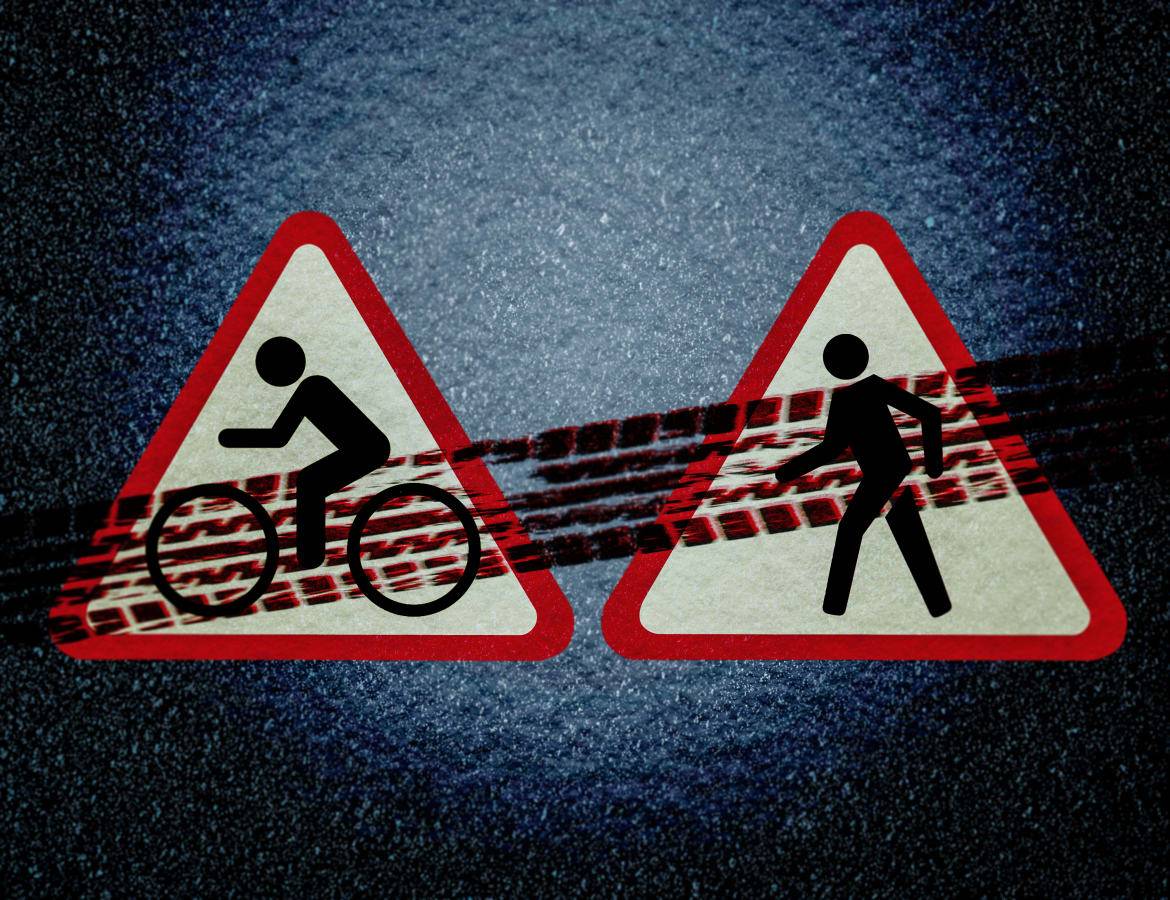Hit-and-Run Deaths Are Way Up: How Dangerous Is Your State?


As far back as any of us likely can remember, we’ve been told to look both ways before crossing the street. And while it’s second nature for most of us, this most basic of safety advice may never have been so important as it is now. According to a just-released study, hit-and-run deaths are at an all-time high — spiking by an alarming 60 percent between 2009 and 2016, with pedestrians and bicyclists accounting for some 65 percent of those fatalities.
Related: Marijuana, Smartphones Cited in Pedestrian Death Spike
The study, by roadside-assistance giant AAA, reported that 2,049 hit-and-run deaths occurred in 2016 — the highest annual total on record. In the decade leading up to that tragic peak, an average of 682,000 crashes in which the offending driver fled the scene occurred each year on average. AAA lamented those statistics “trending in the wrong direction” and comprising a disproportionate percentage of traffic fatalities.
“The report found that most victims of fatal hit-and-run crashes are pedestrians or bicyclists,” AAA stated. “Over the past 10 years, nearly 20 percent of all pedestrian deaths were caused by hit-and-run crashes, compared to just 1 percent of all driver fatalities in the same time period.”
On a state-by-state basis, New Mexico was the No. 1 worst state for hit-and-run fatalities, followed by Louisiana, Florida, Nevada and Arizona, all with a per-capita death rate of between 0.77 and 0.85 hit-and-run tragedies per 100,000 residents. On the other end of the spectrum were New Hampshire, Maine and Minnesota, with between just 0.12 and 0.19 hit-and-run deaths per 100,000 people.
Where does your state rank? Below are all 50 states ranked least-worst to worst by per-capita hit-and-run fatalities:
50. New Hampshire
49. Maine
48. Minnesota
47. Utah
46. Vermont
45. North Dakota
44. Washington
43. Idaho
42. Rhode Island
41. South Dakota
40. Wyoming
39. Virginia
38. Nebraska
37. Iowa
36. Massachusetts
35. Mississippi
34. Oregon
33. Pennsylvania
32. Kentucky
31. Kansas
30. Alaska
29. New York
28. Ohio
27. Wisconsin
26. Missouri
25. West Virginia
24. Montana
23. Colorado
22. Connecticut
21. Illinois
20. New Jersey
19. Maryland
18. Arkansas
17. North Carolina
16. Alabama
15. Hawaii
14. Georgia
13. Indiana
12. Michigan
11. Tennessee
10. Oklahoma
9. South Carolina
8. Texas
7. California
6. Delaware
5. Arizona
4. Nevada
3. Florida
2. Louisiana
1. New Mexico
An explanation as to why hit-and-run deaths have increased so dramatically is elusive. Looking at the ranking above, states with the most fatalities and states with the least both comprise geographical regions across the U.S. map. And while hit-and-run deaths have increased by an average of 7.2 percent each years since 2009, according to AAA, that growth far outpaces the percentage changes in traffic fatalities overall, and drunken-driving and distracted-driving deaths, as well as increases in the U.S. population as a whole.
AAA says it’s a combination of factors, not just one, that help explain the spike.
“The total number of hit-and-run fatalities has increased in large part because the total number of crash fatalities has increased across the board,” AAA said in a statement. “On top of that, the percentage of all crash fatalities that have been pedestrians and cyclists has been increasing in recent years as well.”
That’s attributed to the fact that drivers are more likely to flee after a crash that results in the death of a pedestrian or cyclist, as opposed to a vehicle occupant, simply because a vehicle is much less likely to still be drivable after a crash severe enough to kill a vehicle occupant.
“However, we believe there are other factors at play, as well,” AAA added, “because the percentage of vehicle occupant fatalities that have occurred in hit-and-run crashes has been increasing for the past several years as well, and that cannot be explained by either of the previously mentioned factors.”
Until a specific cause is identified, look both ways, folks.
Cars.com’s Editorial department is your source for automotive news and reviews. In line with Cars.com’s long-standing ethics policy, editors and reviewers don’t accept gifts or free trips from automakers. The Editorial department is independent of Cars.com’s advertising, sales and sponsored content departments.

Former Assistant Managing Editor-News Matt Schmitz is a veteran Chicago journalist indulging his curiosity for all things auto while helping to inform car shoppers.
Featured stories




